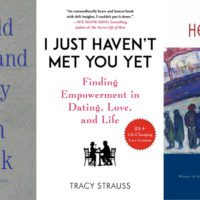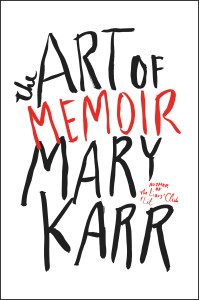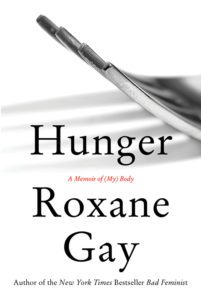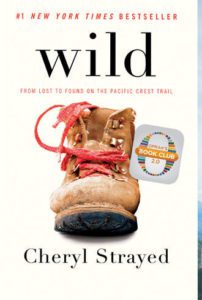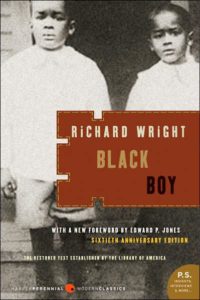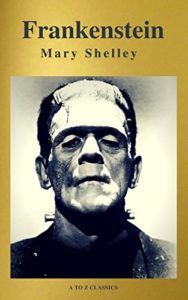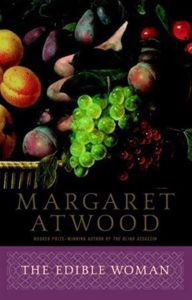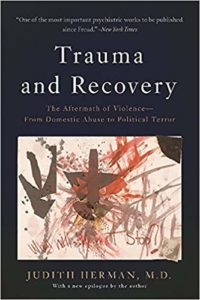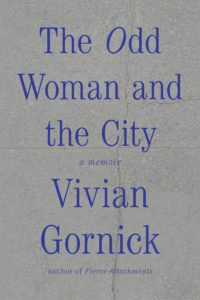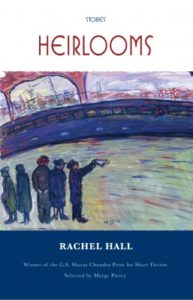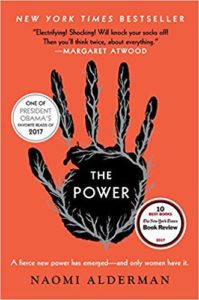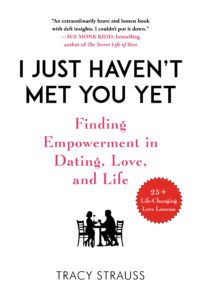“Hope” is the thing with feathers— / That perches in the soul— / And sings the tune without the words— / And never stops— at all—
– Emily Dickinson
The road to publishing my most personal, #MeToo-themed truths in my debut book, I Just Haven’t Met You Yet, was an almost-twenty-year journey of self-reflection, persistence, and finding ways to remain hopeful—especially when the going got really tough. En route to unveiling the trials and tribulations of my life and relationships, on my path to overcoming the obstacles sexual violence had placed in the way of my interpersonal and professional endeavors, there were times when I lost the confidence to stay the course.
But, over the years and at various stages of the writing and publishing process, I collected a stack of books that inspired me to keep going and reminded me I wasn’t alone. Whenever I felt discouraged, I turned to the wisdom found inside these books from writers who took big risks, whether for themselves or for their fictional characters. These books continue to remind me that creativity is an avenue to surmounting whatever it is we might believe to be insurmountable.
***
The Art of Memoir by Mary Karr
The Art of Memoir comes from Karr’s thirty years of experience with form, memory, reflection, and dealing with a complicated personal history on the page. I went to see Mary Karr speak about and read from this book right after it was published, and ever since I have kept it beside my writing desk as a reminder of the courage and stamina required to write of one’s experience truthfully and unapologetically. So many moments in this book speak to me, and I have underlined and asterisked many passages, including this gem, which rekindled my own lost hope: “I felt—due to my household upheaval and two childhood rapes—I’d lost my innocence long before I should have. But the more I wrote, the more I discovered that innocence had never left me, if you measure innocence as a capacity for belief—particularly a belief in love.”
Hunger: A Memoir of (My) Body by Roxane Gay
I came to this book by way of curiosity in terms of the “how”: modes of conveying a story about sexual violence and its effects. In Hunger, Gay creates trust with her reader from the very first pages, as she portrays not only her painful past but also the realities of her present-day life with honesty and insight. This book is a great study in technique, of how to serve as a guide for readers, how to show readers a way through painful terrain. Gay guides her readers into the story of her rape by first revealing how hard it is to talk about, and then shares her terms for disclosing private details. In this way, she provides parameters and a means for safely writing and reading about sexual violence and its effects. In effect, she takes good care of not only her readers but also of herself.
Wild by Cheryl Strayed
In her memoir about hiking the Pacific Crest Trail solo, Strayed takes readers not only on a physical journey but also a powerful emotional one. This book captures the spirit of endurance, especially when one is exhausted on multiple levels. I read this book many years ago, and subsequently took a memoir workshop with Strayed at Tin House in my attempt to acquire, through some kind of osmosis, her strength and stamina. What I discovered was that I already had these qualities within me, and for the long haul. I kept this book on my shelf through years of rejections as a talisman that kept me pushing onward to my goal of publishing my book.
Black Boy: A Record of Childhood and Youth by Richard Wright
I first read Black Boy when I was a college sophomore taking an African-American autobiography literature course. As I read this narrative of Wright’s journey from innocence to experience in the Jim Crow South, for the first time I understood that a person could not only suffer great hardship and pain but surmount it, obstacle after obstacle and against all odds. I also learned a lot from Wright about the technique of setting down on the page the voice of oneself as a small child, how to write from that perspective while intertwining the reflective voice of the adult self. Black Boy is a true triumph of the spirit, told with masterful craft.
Frankenstein by Mary Shelley
A story within a story within a story, this novel, written during the Romantic period, has garnered countless interpretative analyses. For me, it’s a book that unearths the very nature of creation and what it means to be human: to feel fear, love, desire, traumatic loss, grief, regret, despair, and a yearning to have control over the uncontrollable. Human limitation and free will play out against the backdrop of the sublime vastness of Mother Nature, what is within and what is beyond our power to control or comprehend. Although at the center of this story is a man-made, inhuman creature, its plight couldn’t be more human. This book illuminated for me how my struggles were universal, part of the human condition, as well as how to face my pain, my own “inner demon,” with compassion and awareness.
The Edible Woman by Margaret Atwood
A friend handed me my first copy of The Edible Woman when we were both twenty-four and disillusioned by the way we were treated as young women living and working within a patriarchal system. I related to the narrator, Marian McAlpin, on a number of levels, but especially to the way she felt consumed by others. Like Marian, I went through a period of anxiety when I had trouble eating various types of food. I even thought that if I baked a cake in the shape of myself, as Marian does, that I’d be cured of my eating problem—I tried; it didn’t work. Yet “consuming” this book helped me to realize I wasn’t crazy for feeling the way I felt in my life, and that I wasn’t the only woman who felt as I did. Atwood’s descriptions, pacing, and wit provided me with companionship and humor as I tried to find myself, and my way, in a world organized by expectations and rules created by and for men. The passion of Atwood’s prose fueled my own.
Trauma and Recovery: The Aftermath of Violence—from Domestic Abuse to Political Terror by Judith Herman, MD
I first read this book after I was diagnosed with PTSD, and it’s especially helpful for anyone coping with or writing about traumatic experience. When we write about trauma, it’s imperative to write in a way that is responsibly and accurately informed; language, terminology, and an understanding of how the brain processes traumatic events are of great importance in educating readers about your experience. This book, written by a renowned trauma researcher, is accessible and comprehensive.
The Odd Woman and the City by Vivian Gornick
Reading this story of friendship, love, and self-discovery, I related so much to Gornick’s independent life in the city, and to her relationship with Leonard; their conversations provide reflection within a narrative collage, a kind of “grounding” in realization and growth that I’d found within my own longtime friendship with a gay man. I met Gornick while traveling home from the AWP conference in New York City in 2008; I was on my way back to Boston, where I lived, and she was on her way back to Cambridge, where she was a Radcliffe fellow. We were stuck on a bus on I-84. The highway had been shut down due to a police chase, and she turned to me and started a conversation. I’d just taken my first graduate memoir workshop, in which we’d read The Situation and the Story, and I couldn’t believe Gornick was sitting right next to me, talking to me. Gornick was unapologetic and true during that conversation, just as her voice is in The Odd Woman and the City. Her stylistic approach to sharing herself through words stayed with me.
Heirlooms by Rachel Hall
A collection of linked short stories, this book follows members of a Jewish family before, during, and after the Holocaust, and was inspired by the author’s own family history. The prose is artful and the stories bear witness to the experiences of men and women fleeing wartime violence. My grandfather escaped the Nazis and immigrated to the United States, and this book spoke to me about the legacy of trauma. Although my book is not a collection of short stories, Heirlooms taught me a lot about structure, about weaving themes throughout a longer work, and about the compelling use of lyrical language.
The Power by Naomi Alderman
I don’t usually read science fiction, and yet, once I started reading The Power, I couldn’t stop. The intensity of Alderman’s writing hooked me. I read until I was exhausted—in a good way. I was drawn in by the story’s premise of girls and women having an innate (physical) power, initially depicted as the power to stop sexual violence against them, so that females became the dominant gender, flipping the status quo. What to do with one’s own power, how to find it, foster it, and effectively apply it, ethically and with integrity, is a fundamental question, and quest, for any writer.
And to close out this wonderful list, we just had to include Tracy’s debut book, I Just Haven’t Met You Yet, forthcoming May 7 from Skyhorse! – Ed.
I Just Haven’t Met You Yet by Tracy Strauss
I Just Haven’t Met You Yet details Tracy Strauss’s dating history and her journey to dismantle the effects and stigmas of an abusive past, break free of destructive relationship patterns, and ultimately conquer her fear of truly being seen by the world, flaws and all. The author shares the transformative lessons she learned and self-empowerment she achieved while passing each hurdle along the way to finding the love of her life. Strauss helps readers empower themselves by taking a challenging look at the ways the negative events of their lives, including sexual harassment and abuse, have shaped their self-perception and created obstacles to personal success, and how readers can change that troubled self-image along with their (love) lives.
